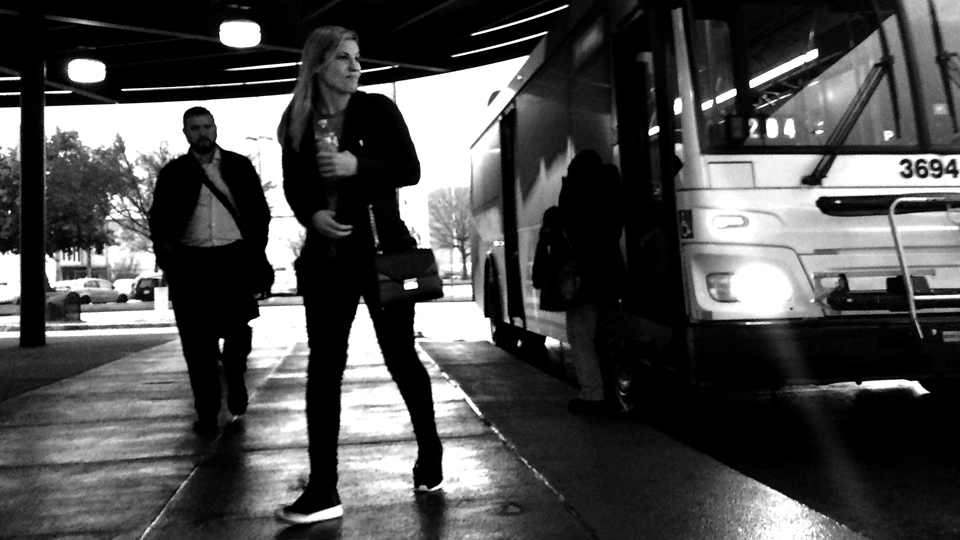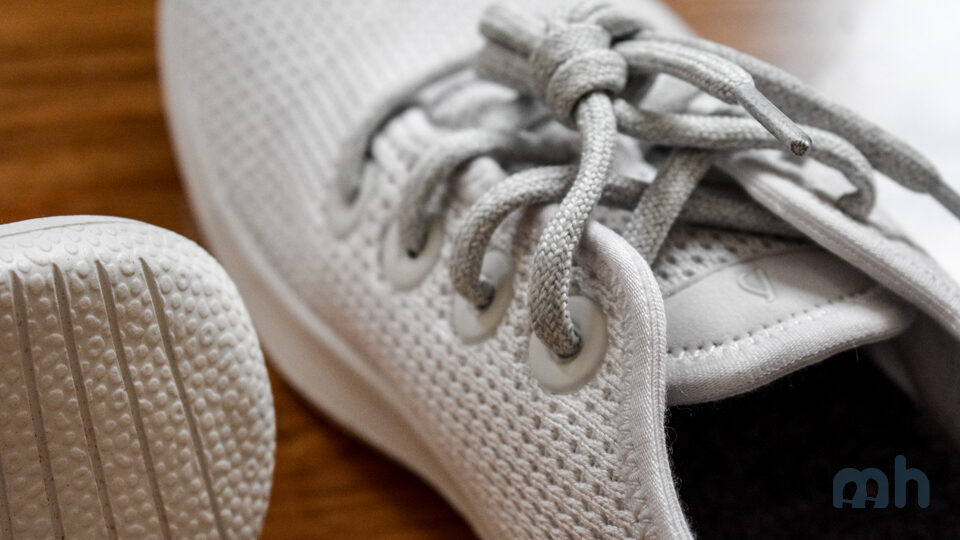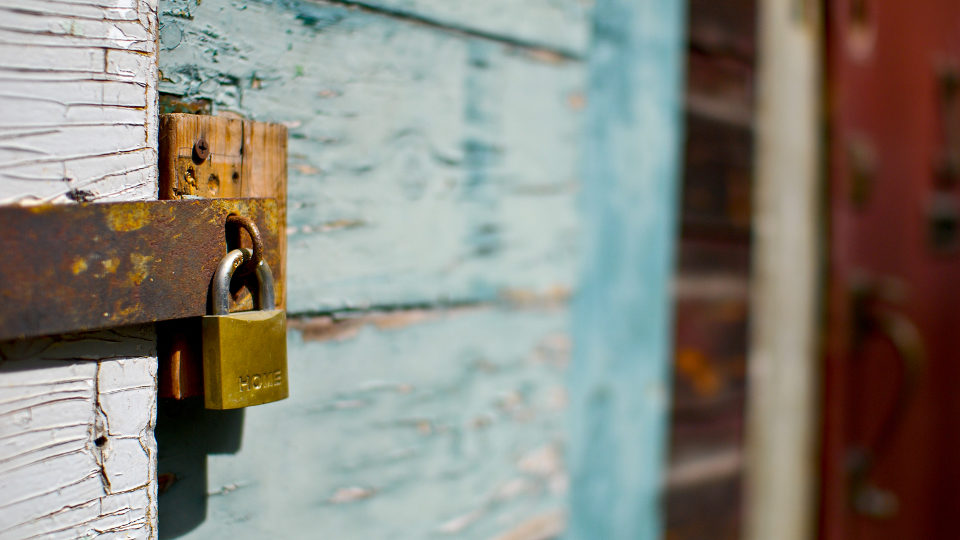
Since the bulk of the world is still closed off to, well, everyone, domestic travel is where it's at (for those able and willing to take the associated risks). So, what's the safest way from getting from point A to point B?
Turns out there's no hard and fast answer. However, road trips have been seeing a huge uptake since the coronavirus first shut down the U.S. in March. But according to Dr. Kristina Angelo, a medical epidemiologist at Centers for Disease Control and Prevention (CDC), any type of travel can increase the risk of contacting and spread COVID-19.
There’s no doubt about it: Staying at home is definitely a safer bet than hopping on a bus from Los Angeles to San Francisco, taking Amtrak's California Zephyr train from Chicago to Denver, or hopping on a plane to anywhere. But if travel is a must, be smart about it.
“[The CDC] typically doesn’t differentiate between different types of travel, with regards to travel risks,” says Dr. Angelo.
That's because a flight between say, New Jersey and Maine, two states where case numbers are either steady or declining, might be a safer option than a bus ride from Texas to Florida, which are still leading the pack when it comes to the number of coronavirus infections.
Meaning, it's not so much about how you get there, but more about where you're coming from and where you go.
“You have to look at all the factors of your trip together,” says Dr. Angelo.
To do this, let’s break it down by trains, planes, buses, and automobiles. How will you get there?
The travel options...
Here are the four main transport modes to consider, plus the advantages and disadvantages of each.
By plane

Plane on tarmac. (coniferconifer / Flickr)
SAFETY PROTECTIONS
In general, airlines are requiring all passengers to wear face masks while flying, and you can expect to have to wear them in most airports as well. The planes themselves also have good air circulation systems with HEPA filters, though you might still be sandwiched in like a sardine.
THE SEATING SITUATION
For example, some airlines such as American and United are booking at full capacity, in part to make up for cancelled flights, while others are blocking off their airplane’s middle seats until January of next year to help maintain social distancing and limit any virus spread.
ENVIRONMENTAL FACTORS
Of course, there’s also getting to and from the airport (that’s an exposure risk), waiting in security lines (another exposure risk), queuing up for boarding (another exposure risk), all possibilities for increased human contact in a world where a pandemic reigns supreme.
TRANSMISSION
Despite these precautionary measures, the CDC says that nearly 11,000 people have already potentially been exposed to the coronavirus on flights, but this doesn’t confirm transmission. Still, it’s something to think about when making travel plans.
(It’s worth considering some 94.7 million people have passed through TSA checkpoints since the absolute nadir of the travel lockdown).
By train
SAFETY PROTECTIONS
One of the biggest deterrents of U.S. train travel is the inability to open windows, though according to Amtrak, all railway cars are equipped with ventilation systems which are designed to filter and exchange air, “on average 44 times an hour.”
THE SEATING SITUATION
All travelers must where masks, and solo travelers can use the seat next to them for storing belongings. However, keeping six feet from other travelers isn’t so easy, and there are likely going to be passengers coming and going throughout the journey.
ENVIRONMENTAL FACTORS
This Oxford study analyzing the risk of transmitting COVID among train passengers concludes that the risk is, indeed, high. Of course, there are several contributing factors: “This risk shows significant differences with co-travel time and seat location,” reads the study. [Note: Co-travel time is the time that you spend traveling with another person.]
Consider traveling outside of high-density hours (eg. during the work day when kids are in school) and keeping that hand sanitizer and antibacterial wipes handy.
By bus

Ready to get on? (Lenny DiFranza / Flickr)
Pulitzer Prize award-winning science writer, author, and coronavirus predictor Laurie Garrett recently pointed out in a recent Skift talk (she was also the consultant for the movie Contagion) that traveling in a bus with open windows is significantly safer than one with the air conditioning going at full blast.
The key, it turns out, is ventilation.
SAFETY PROTECTIONS
Long-haul bus companies like FlixBus and MegaBus require onboard masks and offer digital passenger check-ins for a “touch-less” experience, but there’s nothing on either of their websites about spacing out their onboard seating.
[Ed's note: A FlixBus representative did respond that they recently added "a feature in [the] booking process that tells you ahead of time if the bus you are booking is 'nearly empty,' 'half full,' or 'almost full.']
ENVIRONMENTAL FACTORS
So there’s a good chance that you might be keeping six feet distance from other travelers prior to boarding the bus only to find yourself snug against a stranger for the duration of the trip.
TRANSMISSION
In one particular 2019 case (this wasn’t a planned experiment, by the way), over 128 passengers rode on two separate buses to an event for less than two-hours .
One of the buses was running its air conditioning with the windows shut, with an infected person onboard. By the end of the trip, one-third of the passengers on the air-conditioned bus (which was literally just recirculating air) became infected with COVID-19.
By contrast, the other bus’s air conditioning was broken, so its windows were wide open. No one on the open-air bus became infected, showing that a mix of fresh air and distance make a big distance toward staying healthy and safe.
By car

Is that Zac Efron driving? (Paul Ford / Flickr)
In a car, there’s the opportunity to let the air flow freely (and travel alone!), both things that help minimize the chances of coming into contact with or transmitting a certain virus.
THE SEATING SITUATION
According to the CDC, consider limiting the number of people in the vehicle. Once you start adding passengers, obviously, a lot of things have to be figured out like whether to drive with the windows closed and/or the air-conditioning on in recirculation mode, since things get riskier.
ENVIRONMENTAL FACTORS
Consider all the gas fill-ups and bathroom breaks that will be happening (and in turn the people and surfaces you're coming in contact with) along the way.
The standards apply here: Steer clear of frequently touched surfaces when out and about, and wash hands frequently. These little things can go a long way toward making road trips safer for everyone.
The bottom line
To reemphasize (ad nauseam), the best way to prevent contacting or transmitting COVID is to stay home. For those of us who do decide to make a break for it, there's no right or wrong method of travel.
It's all about weighing the risks, and then taking the necessary precautions to get where we're going in the safest and and most responsible way possible. Even if that means a little travel shaming from those who haven't already done their research.



